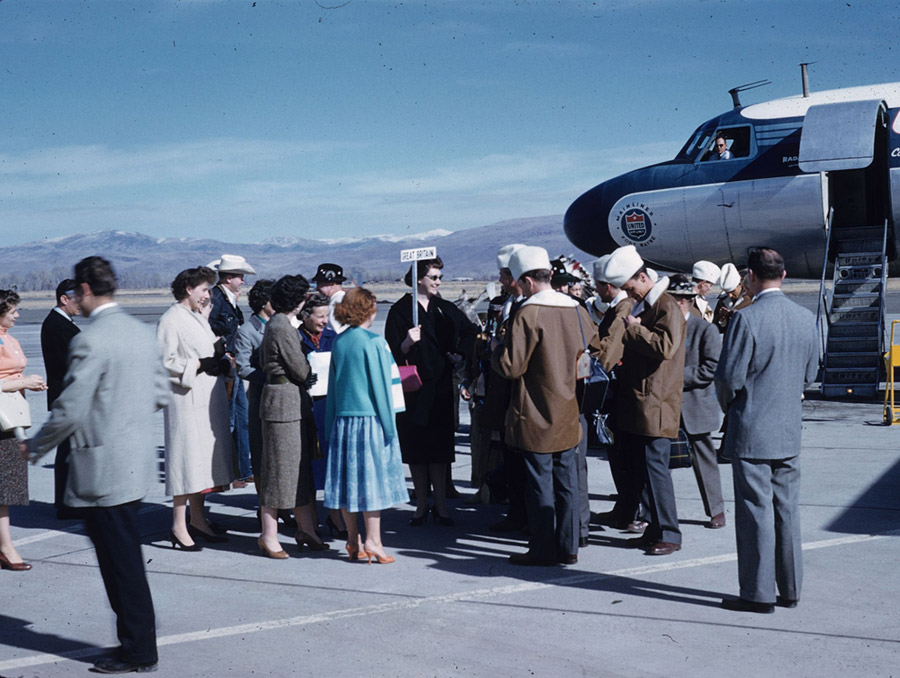Primary sources can help to make events of the past come alive for students and foster critical and analytical skills for students in any subject. When working with primary sources, students are challenged to think carefully about conventional understandings, probe deeply into social context, and ask questions about the complexity of representation. University Libraries has over 3500 unique primary source collections that can not be found anywhere else—many of which are in the public domain or are already licensed for non-commercial re-use.
University Libraries is home to both the Special Collections and University Archives Department and the Jon Bilbao Basque Library, which together contain hundreds of thousands of primary sources for use in-class assignments. Special Collections resources document the exciting history of our region via photographs, maps, correspondence, ephemera, field notes, oral history recordings, and more. The archival collections at the Basque Library contain materials such as posters, correspondence, maps and photographs from the Basque Country and Basques of the Diaspora. Many of these primary sources have been digitized and are easily accessible online through the University Libraries’ Digital Archives, Special Collections’ photograph database, and yearbook or oral history collections in the Internet Archive. This means that students do not have to come into the libraries to use these resources, but instead, can safely access them online. In addition, the staff will scan 10 items from the Special Collections for free for each user every six months.
Your Special Collections, Basque, and subject librarians are here to help faculty find ways to creatively incorporate digital versions of primary sources into an assignment. Faculty can email Special Collections at specoll@unr.edu, the Basque Library at arrieta@unr.edu, or contact their subject librarian for assistance.
About the University Libraries
The University Libraries embrace intellectual inquiry and innovation, nurture the production of new knowledge, and foster excellence in learning, teaching and research. During each academic year, the Libraries welcomes more than 1.2 million visitors across its network of three branch libraries: the Mathewson-IGT Knowledge Center, the DeLaMare Science and Engineering Library and the Savitt Medical Library. Visitors checked-out more than 90,000 items and completed more than 2 million database searches.











